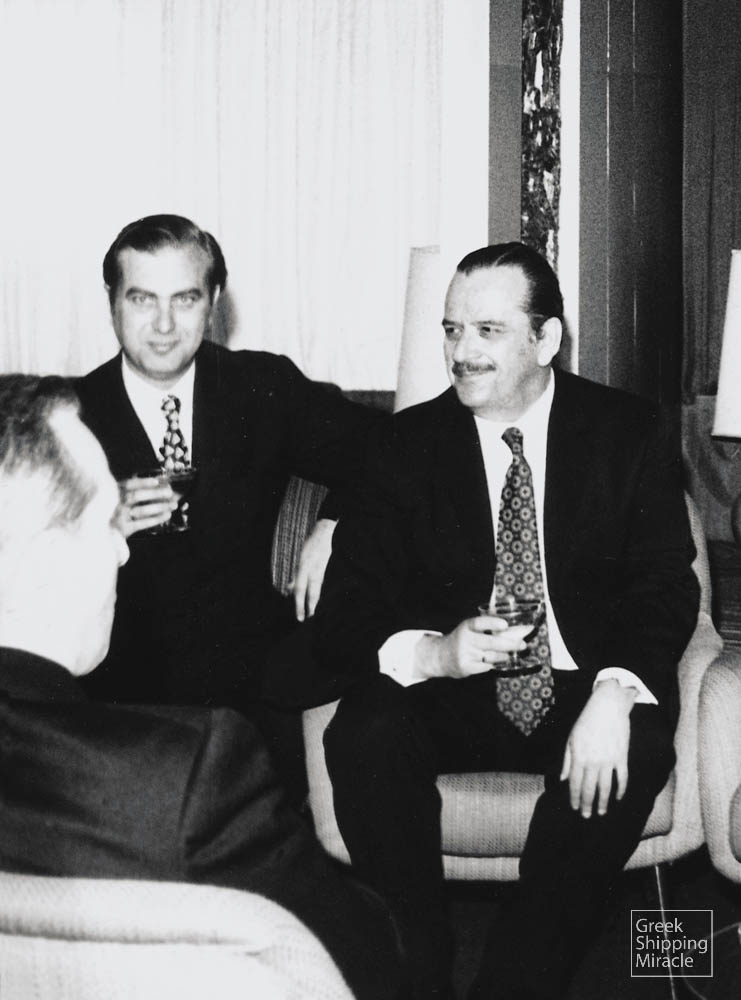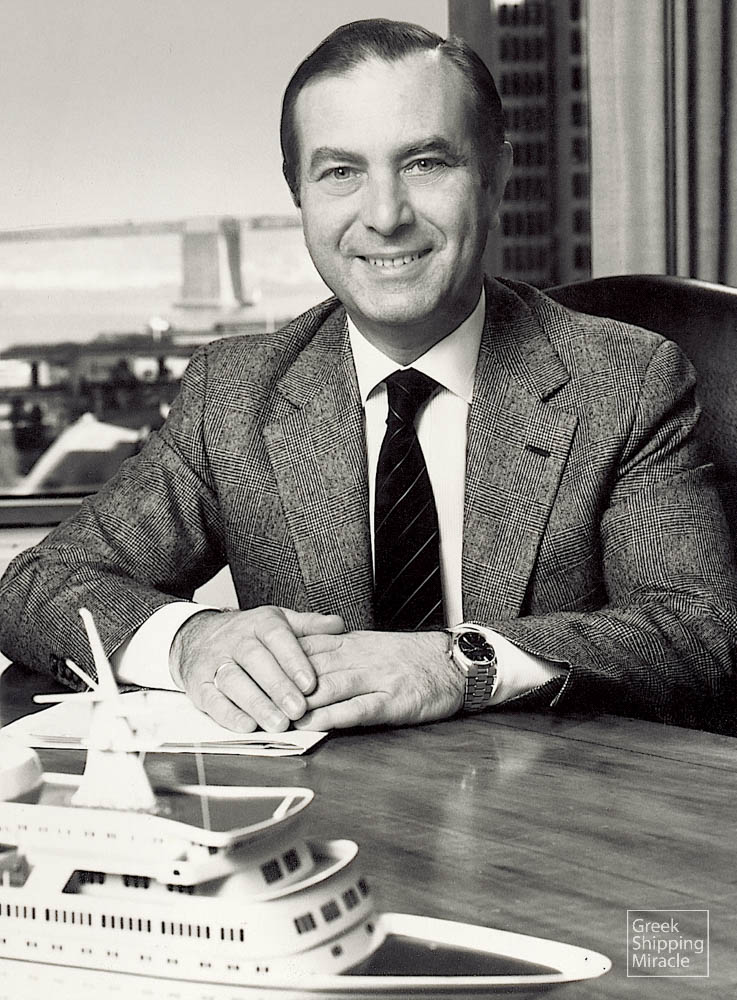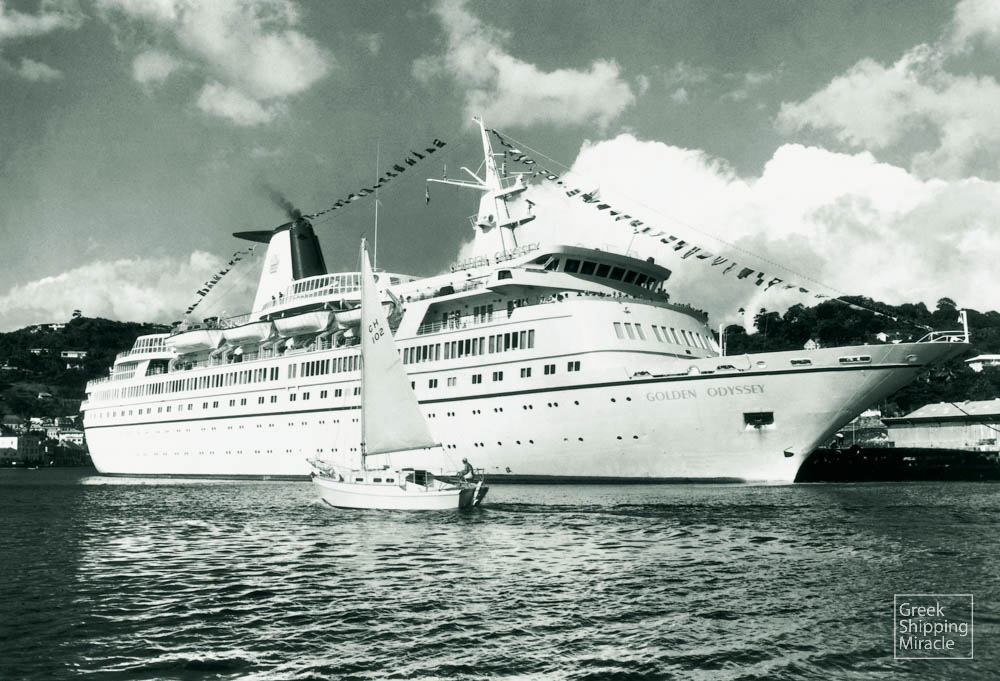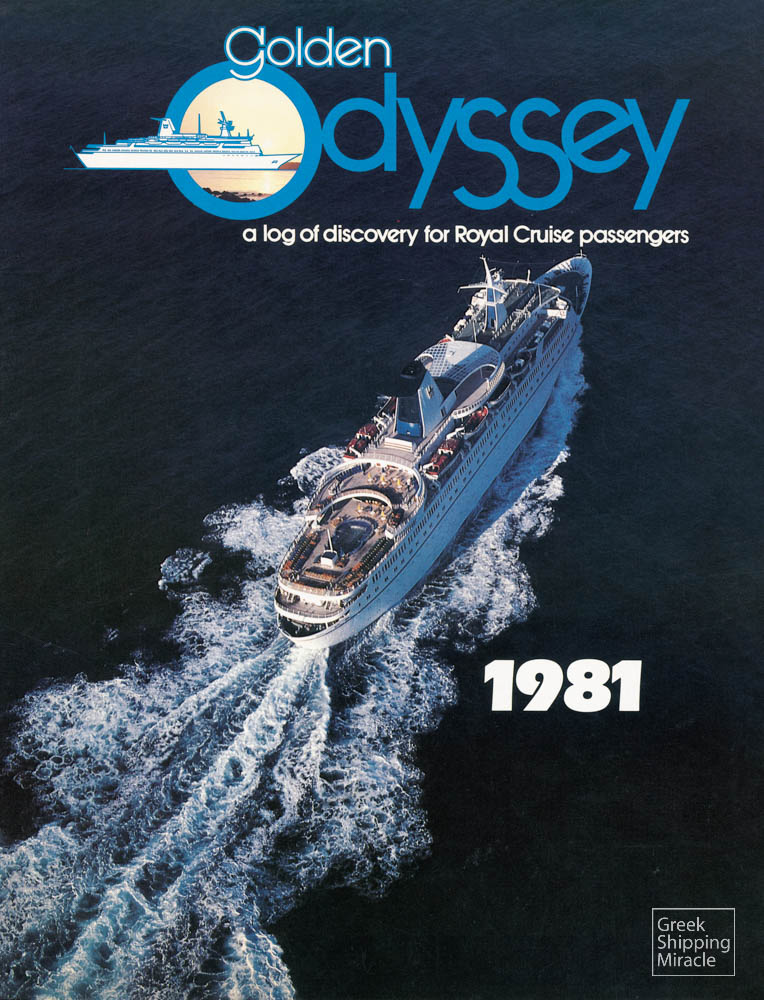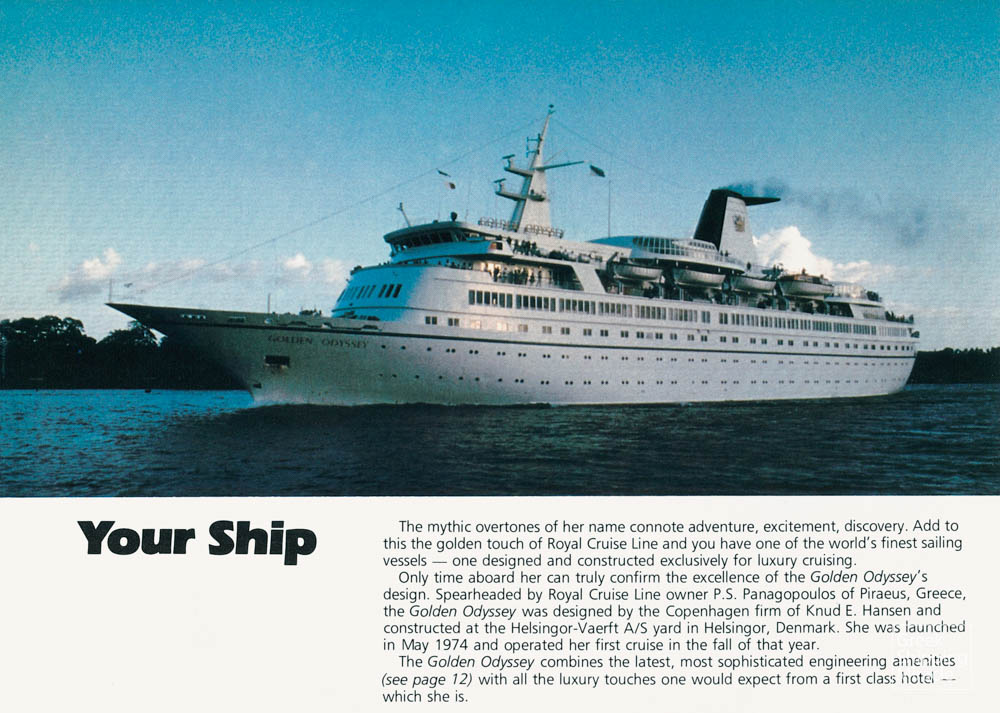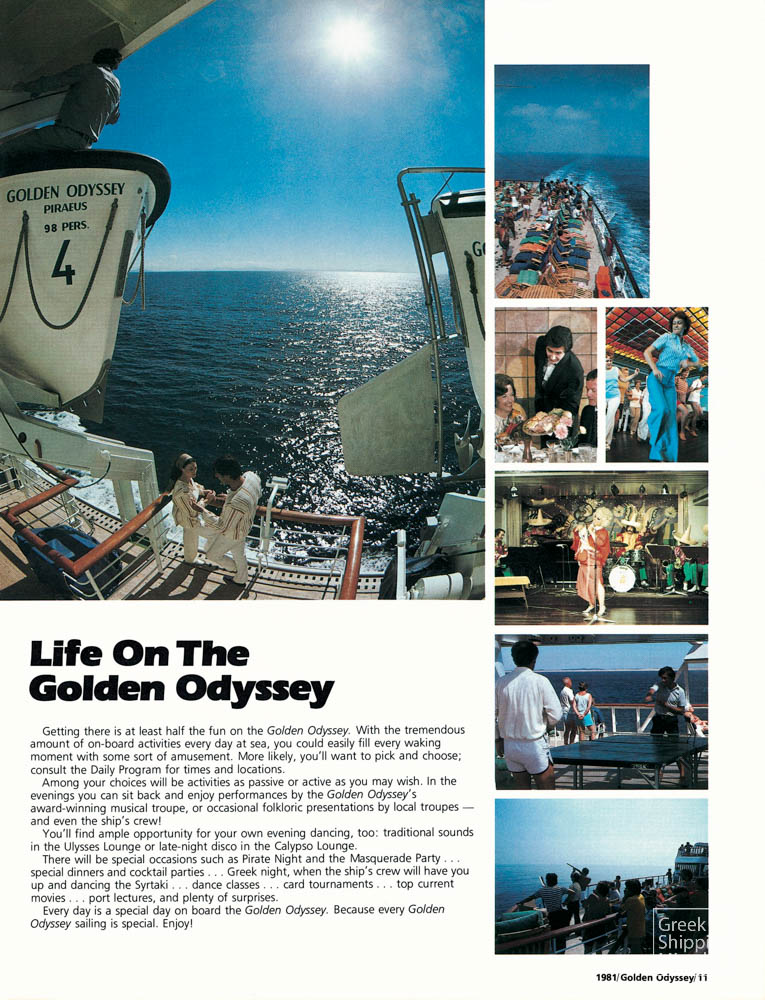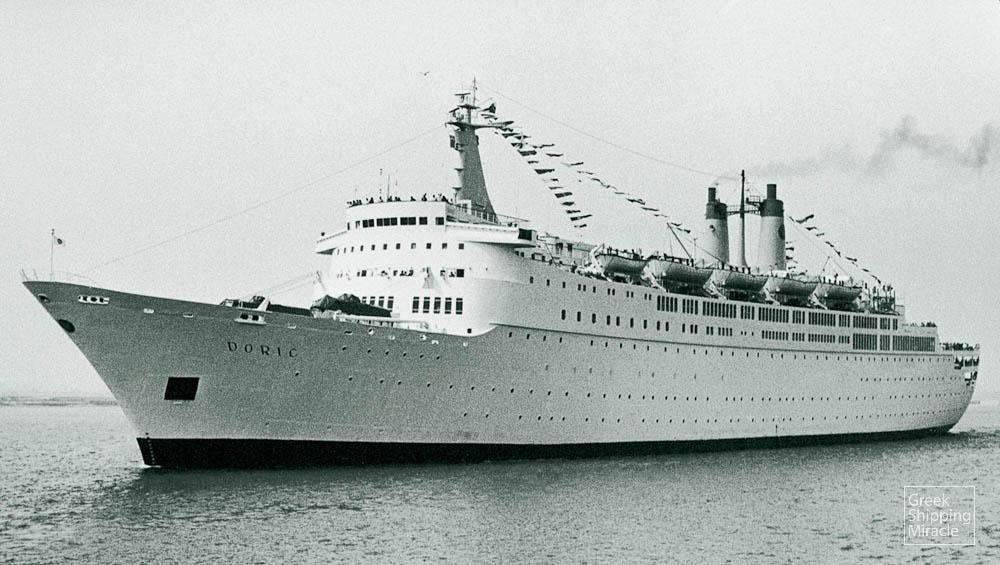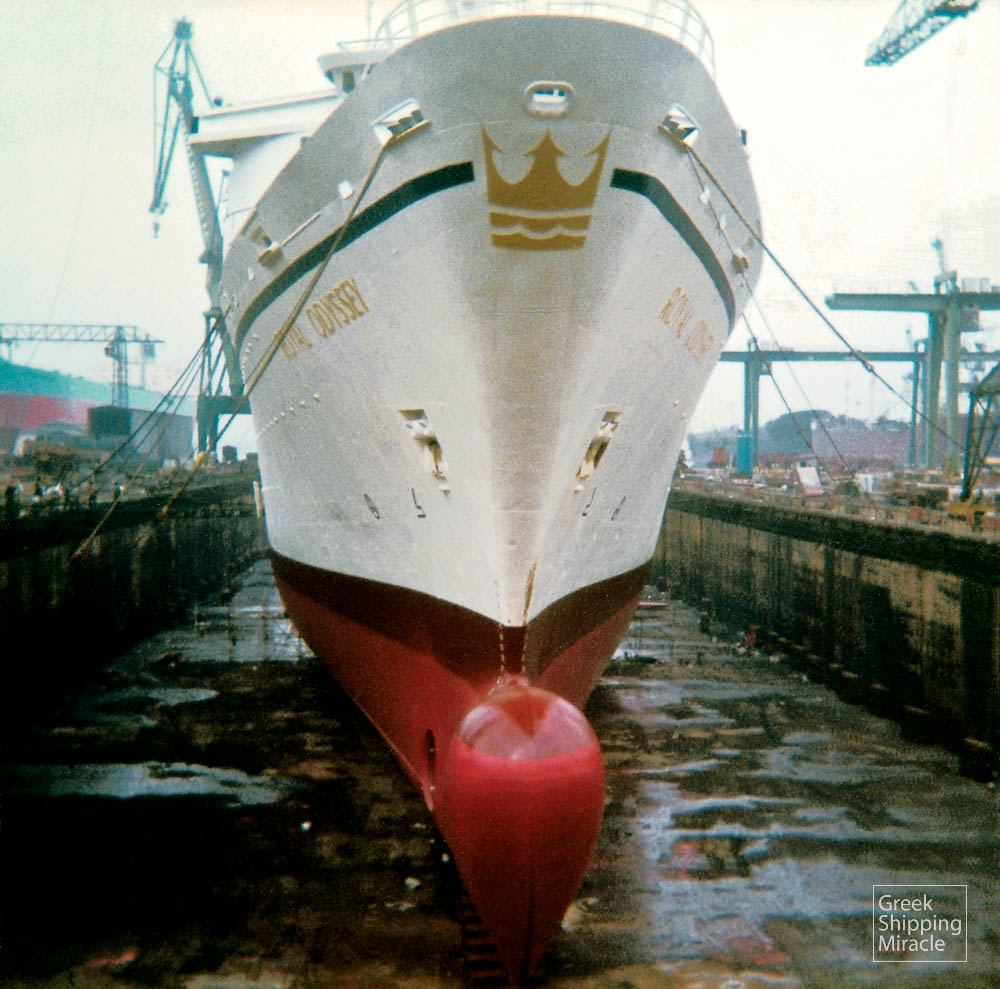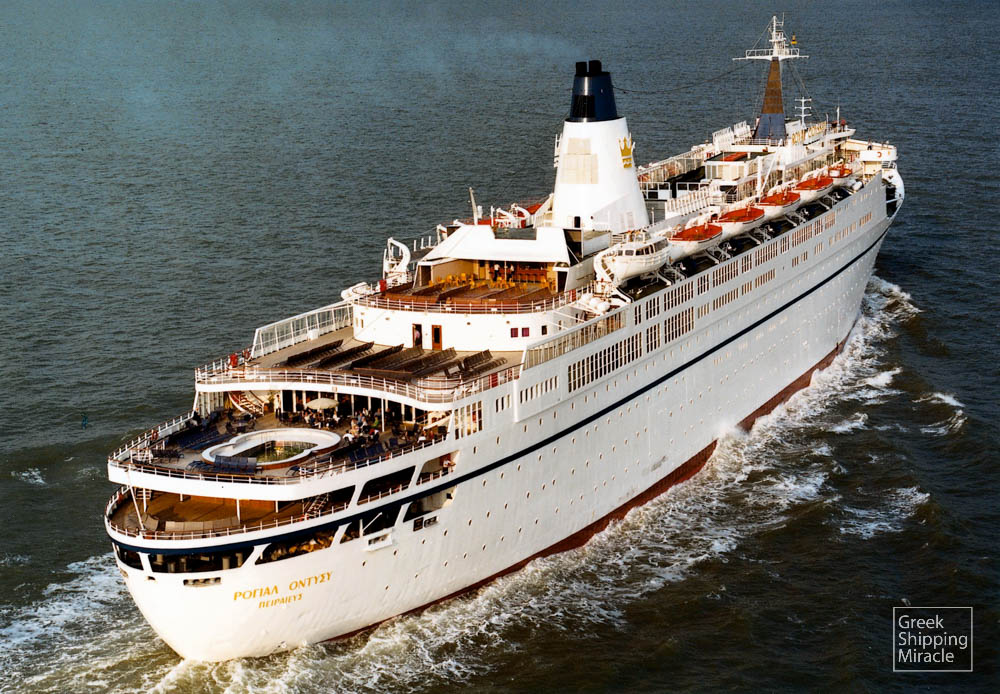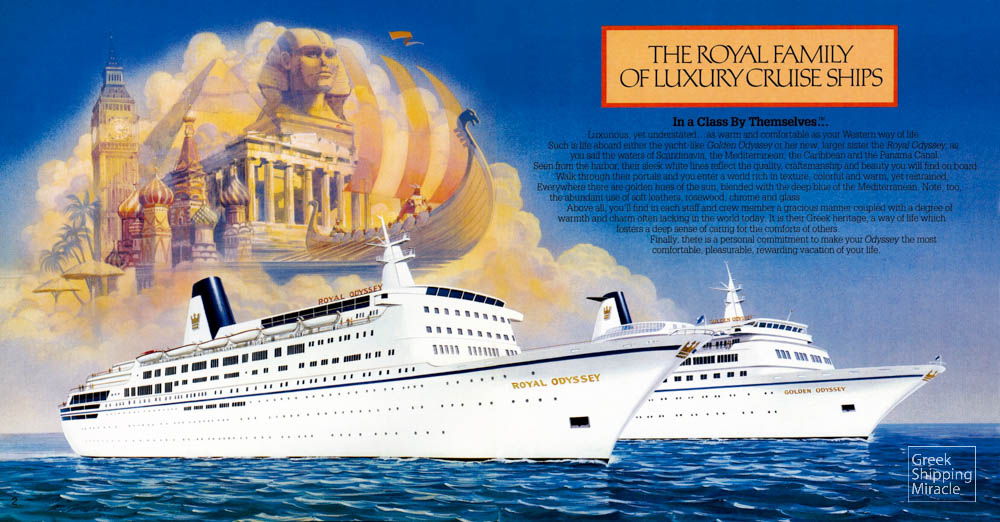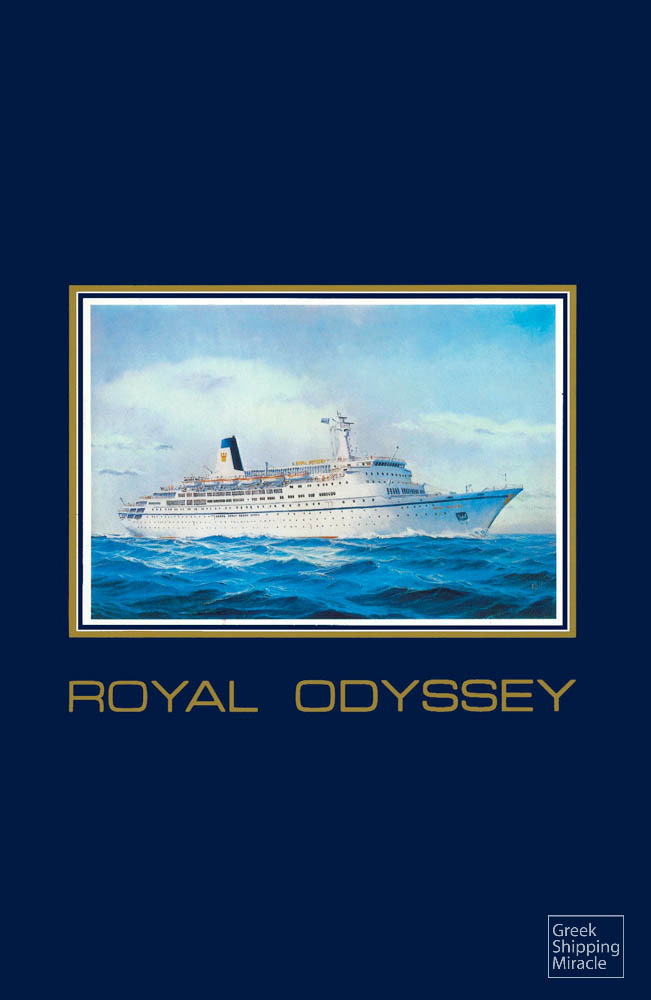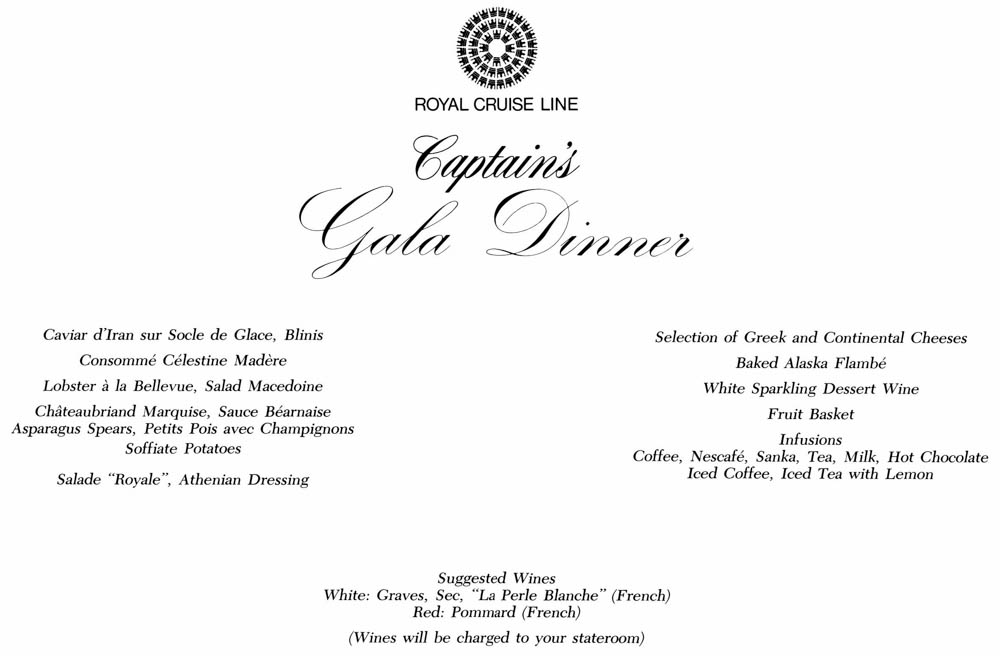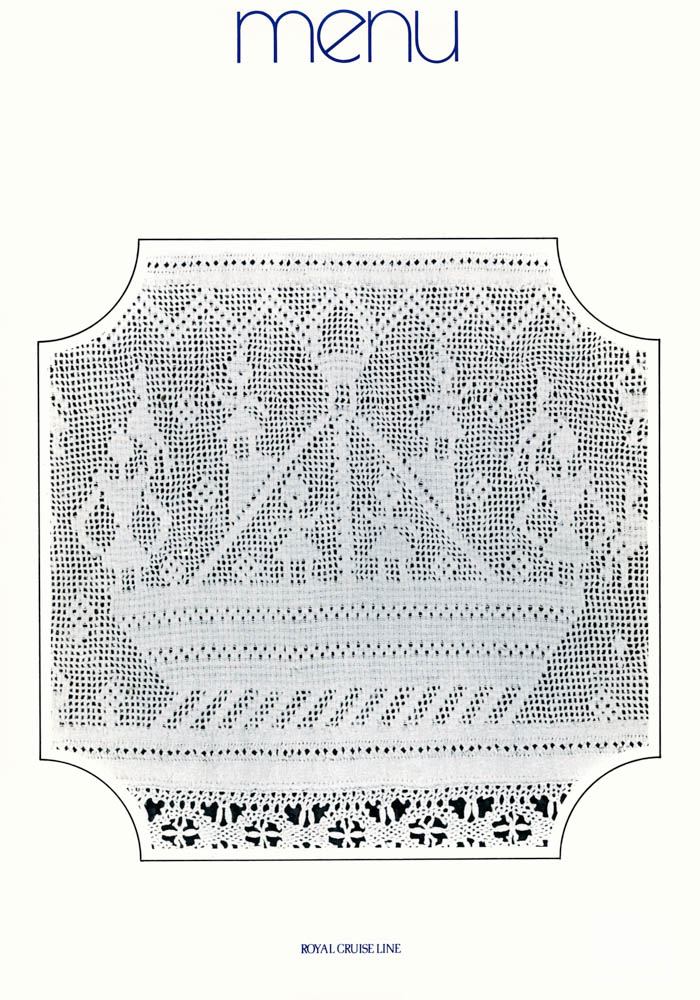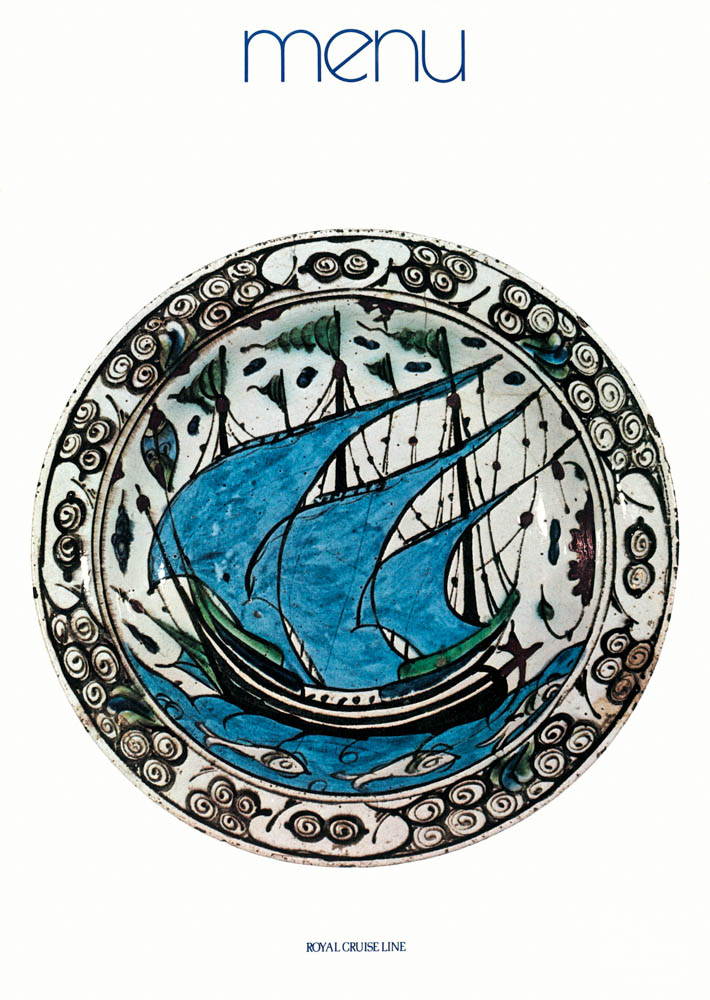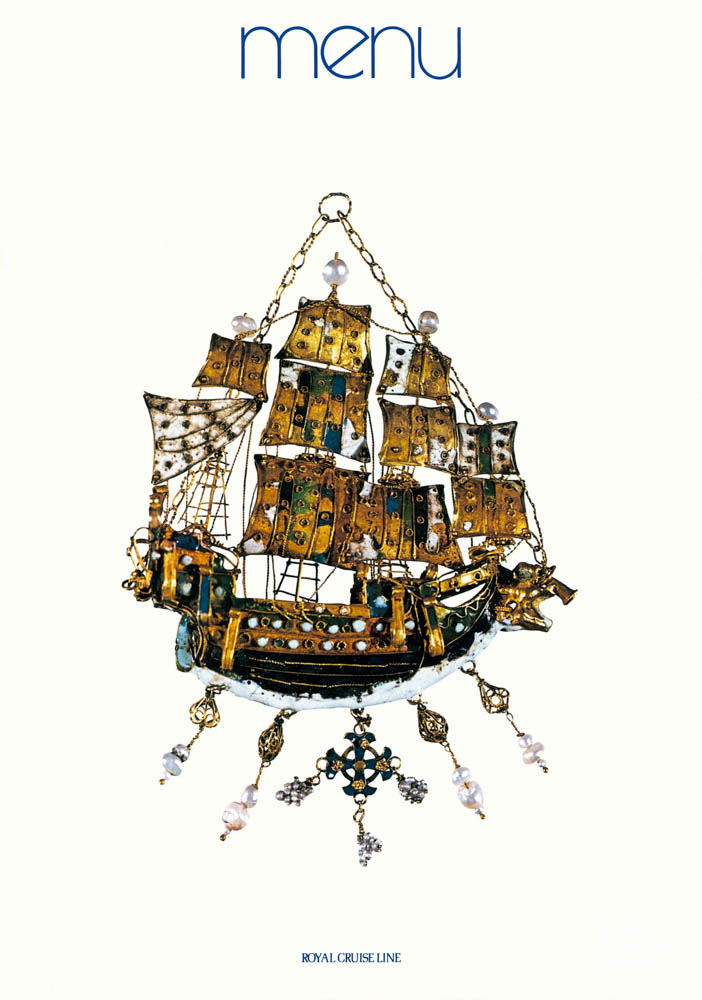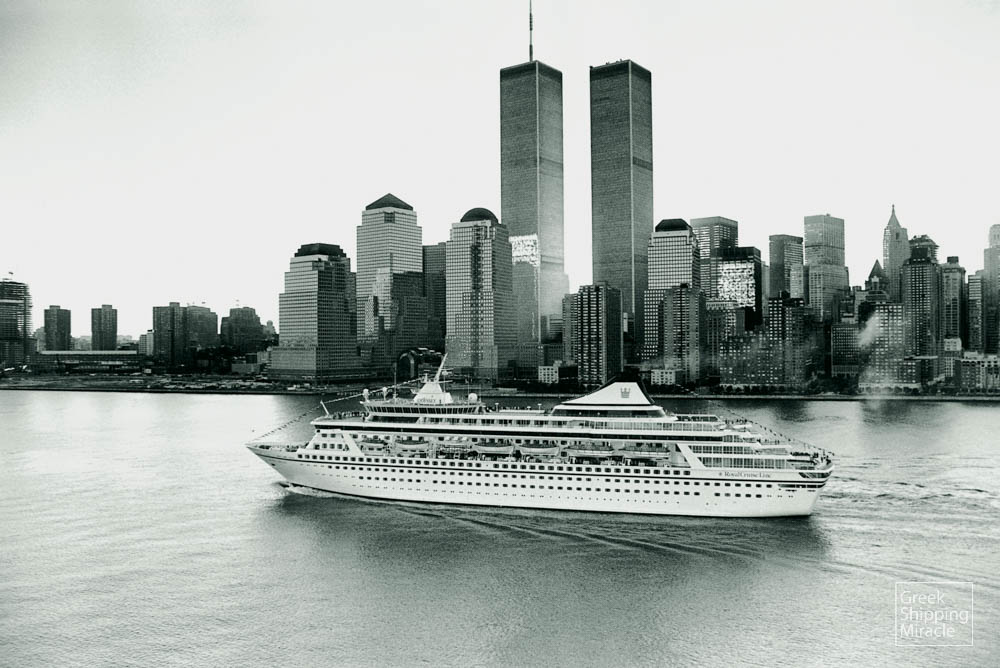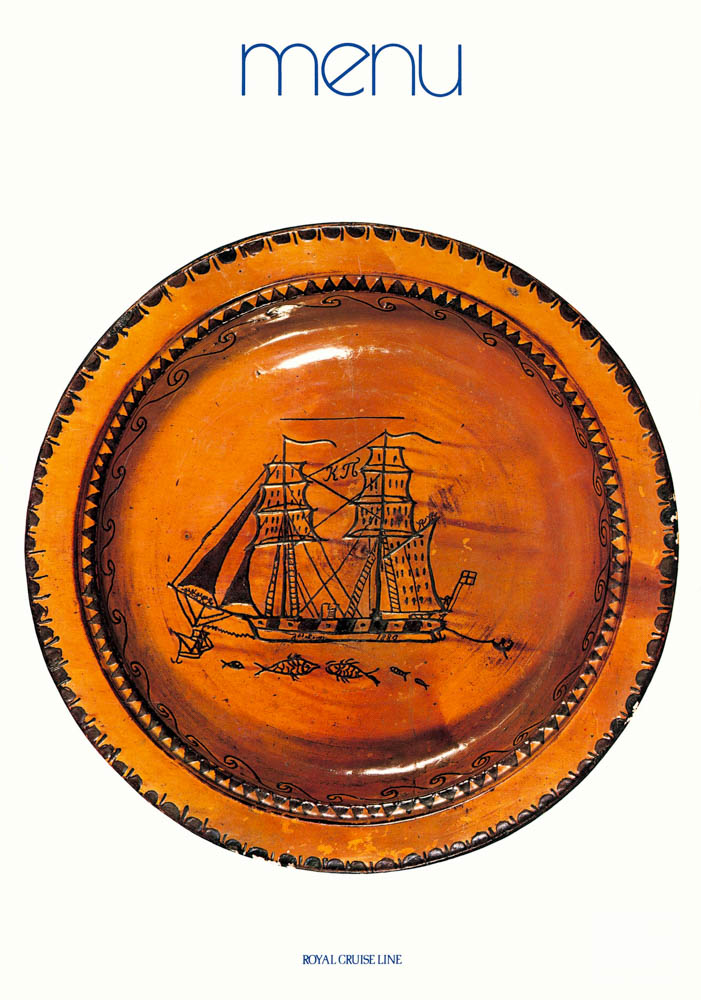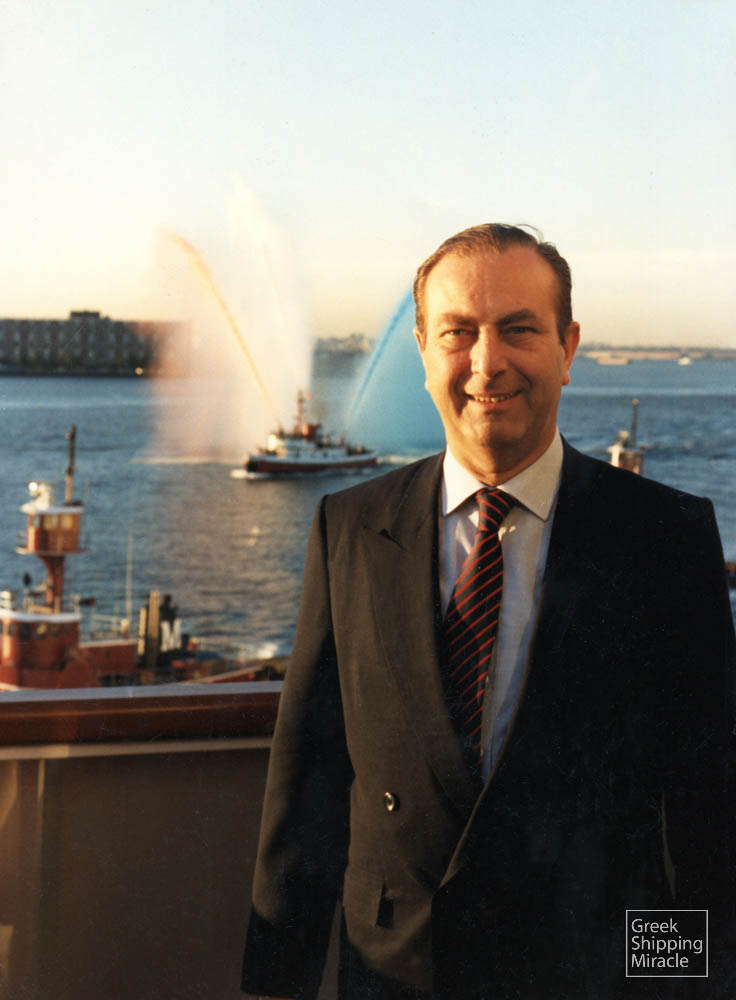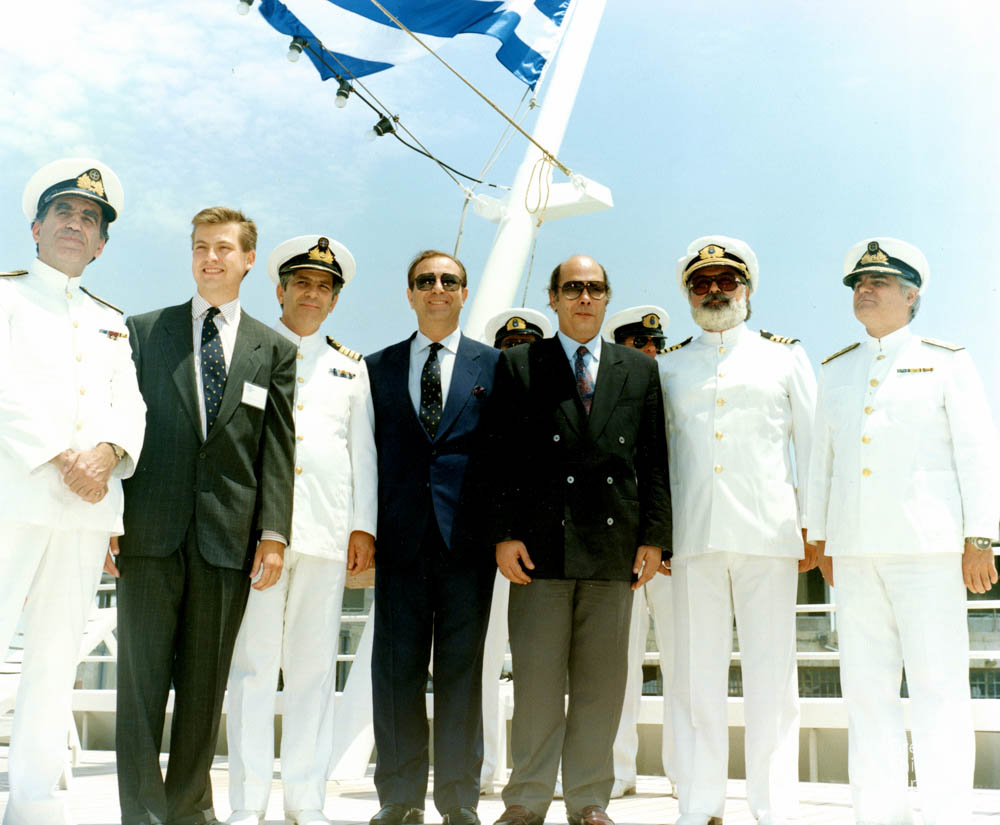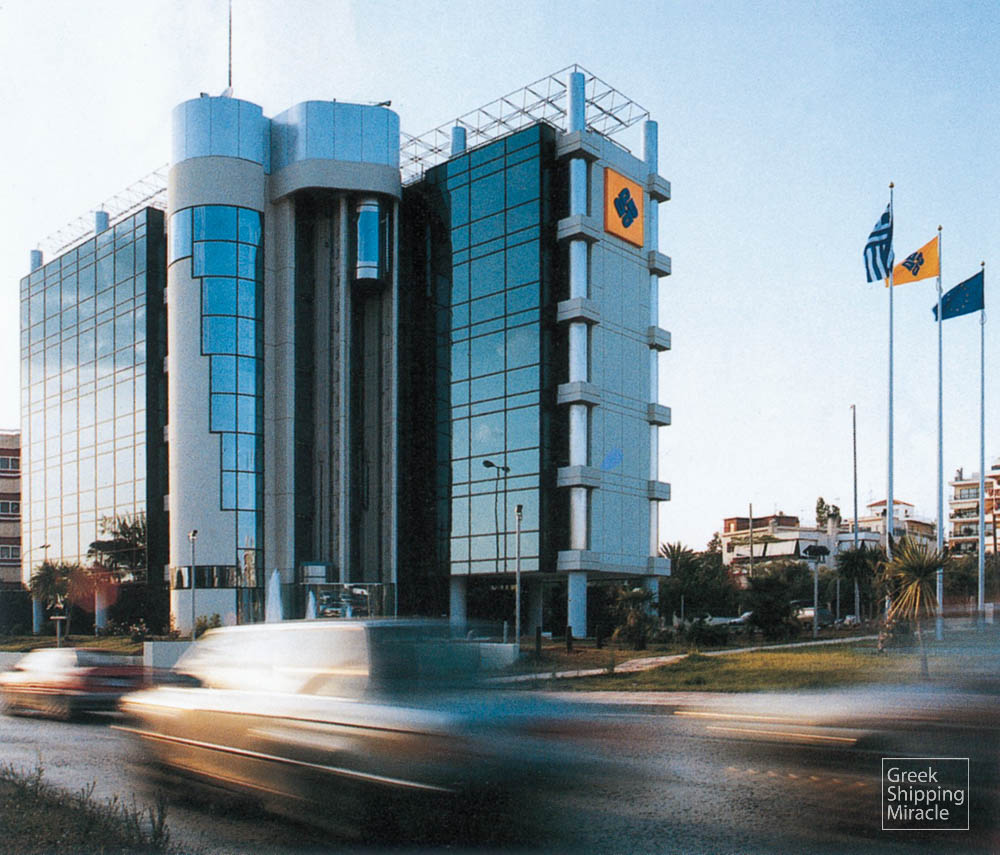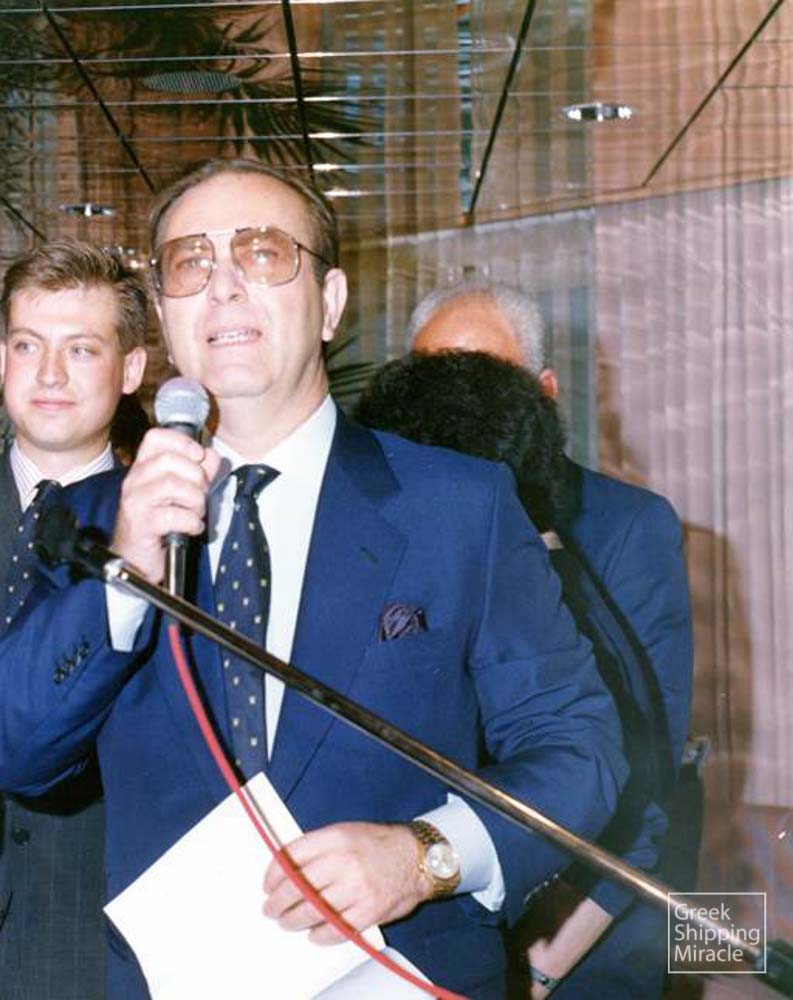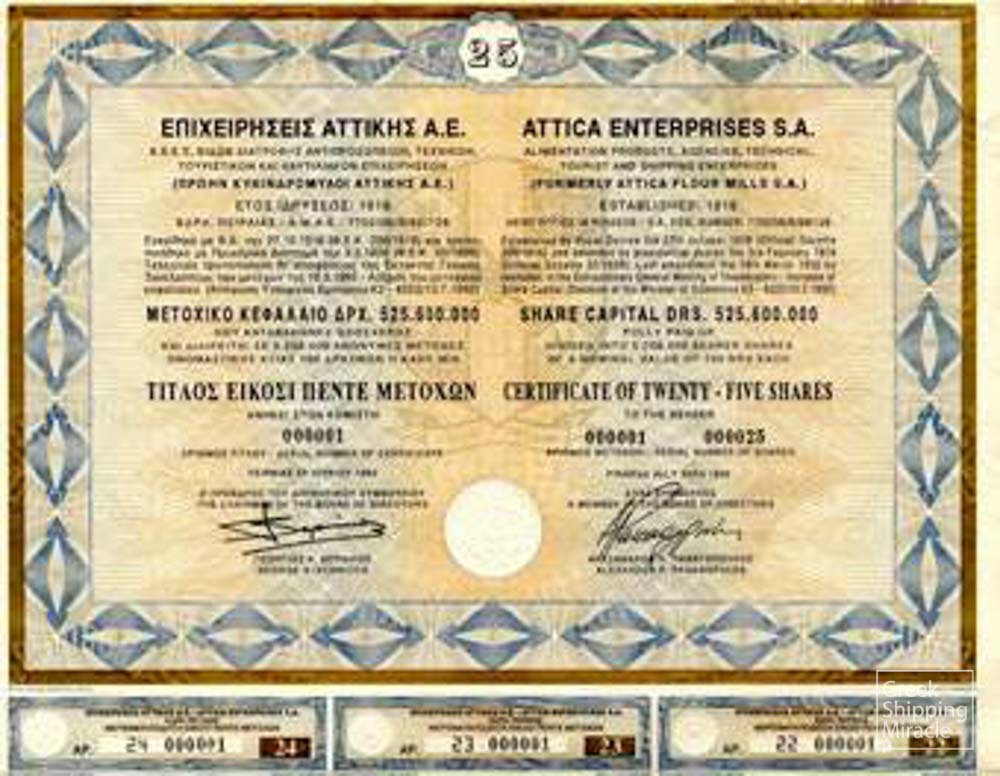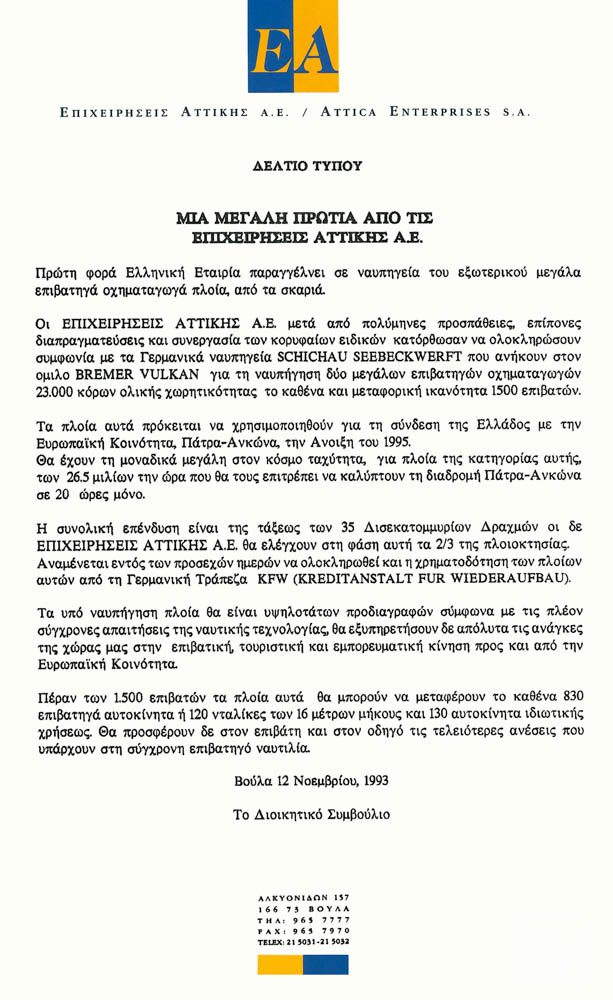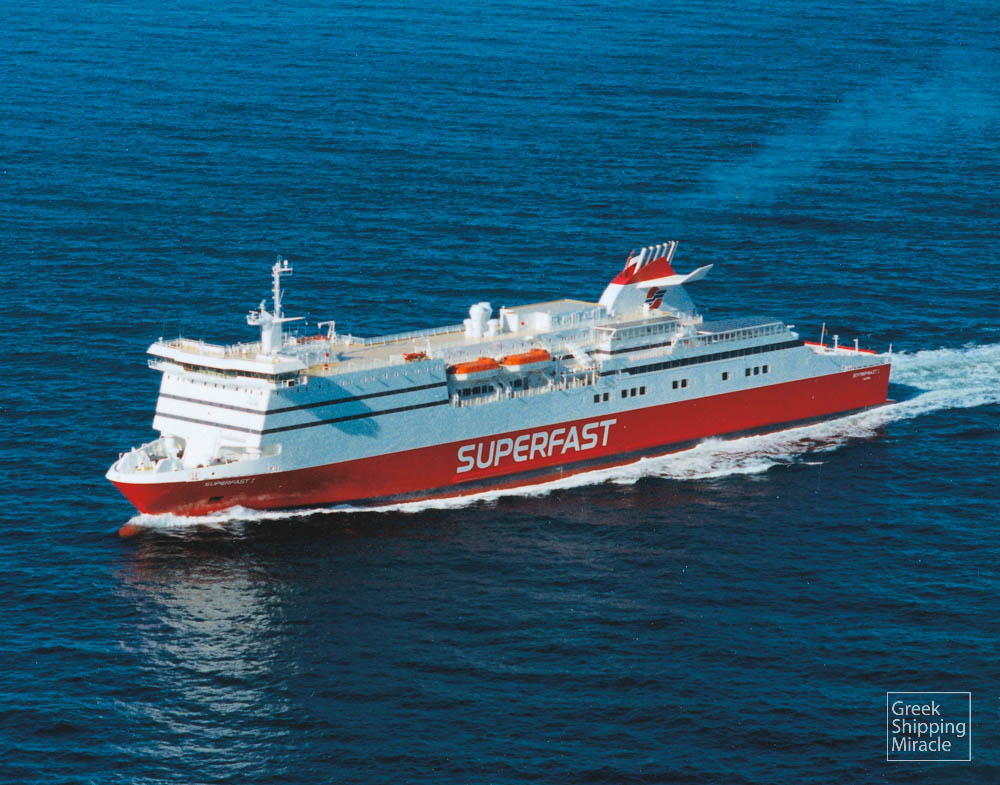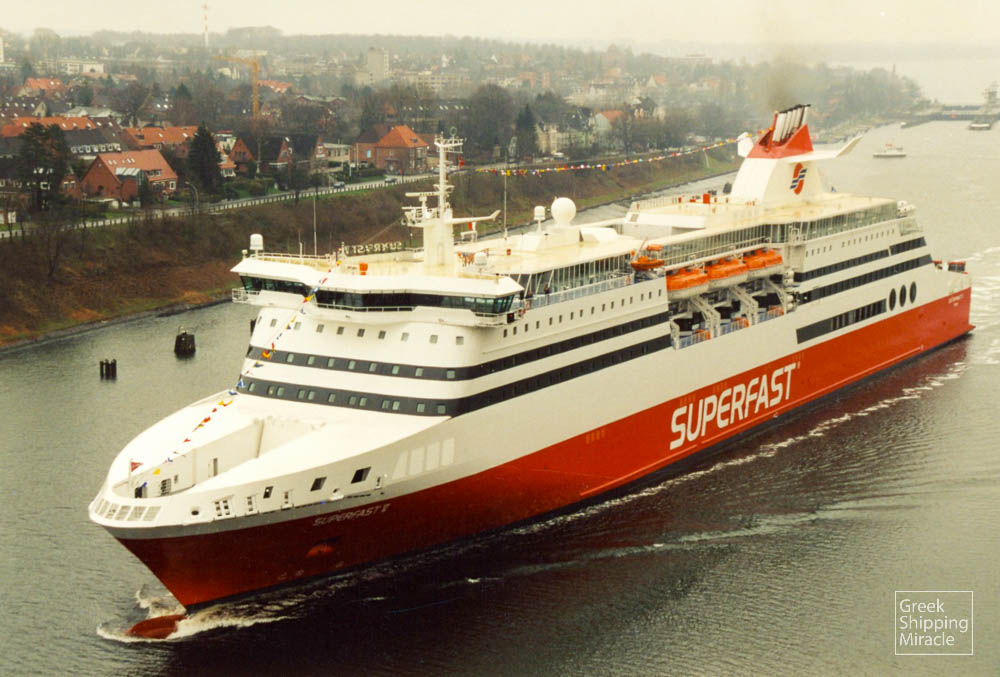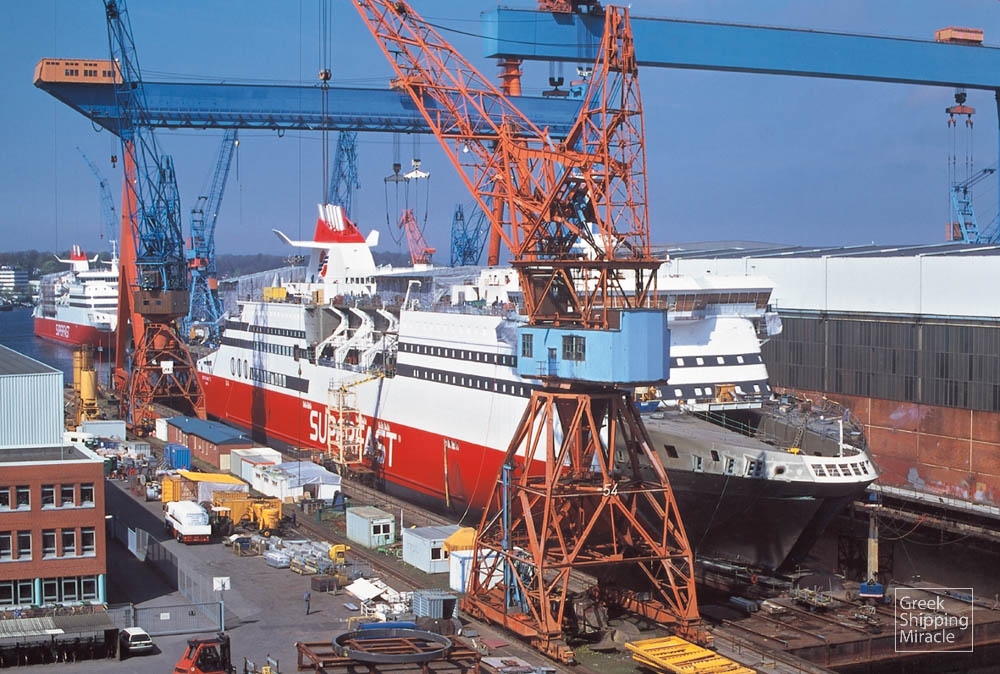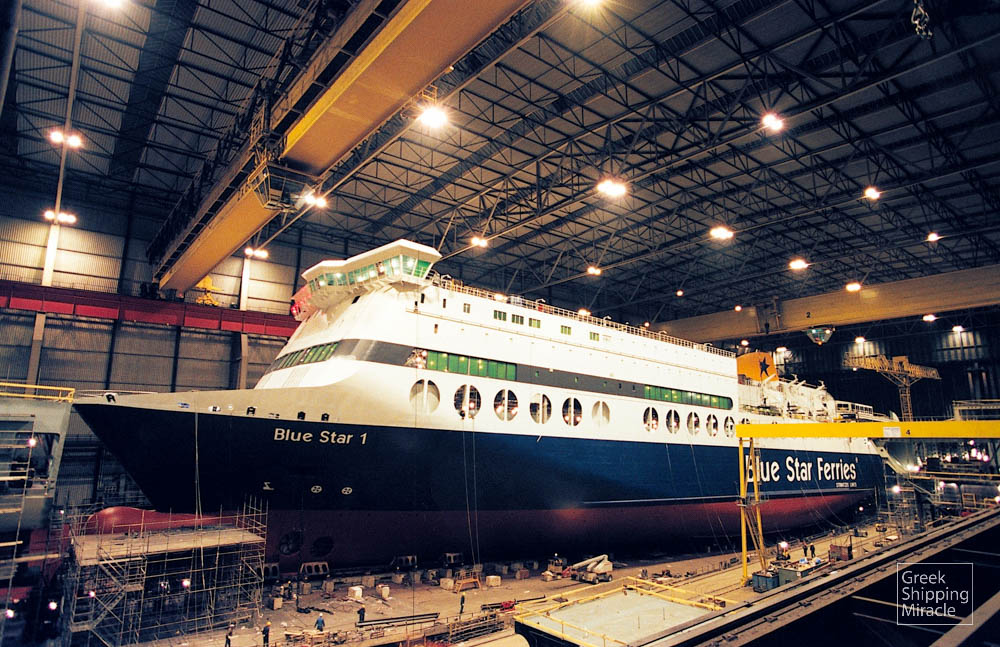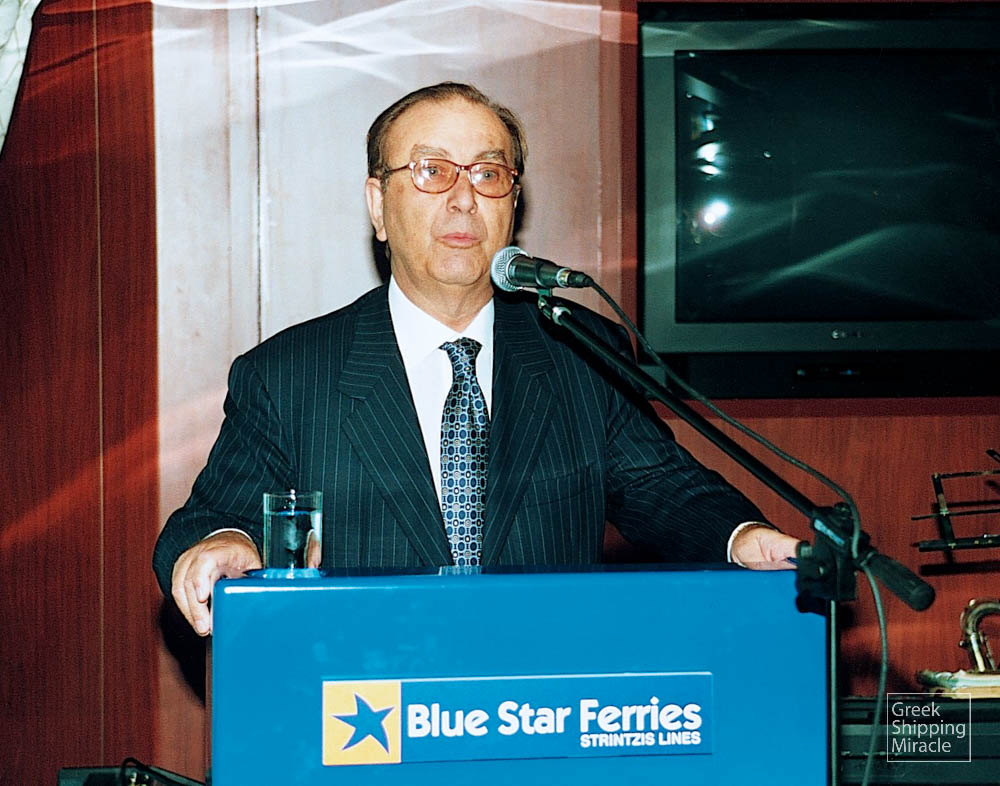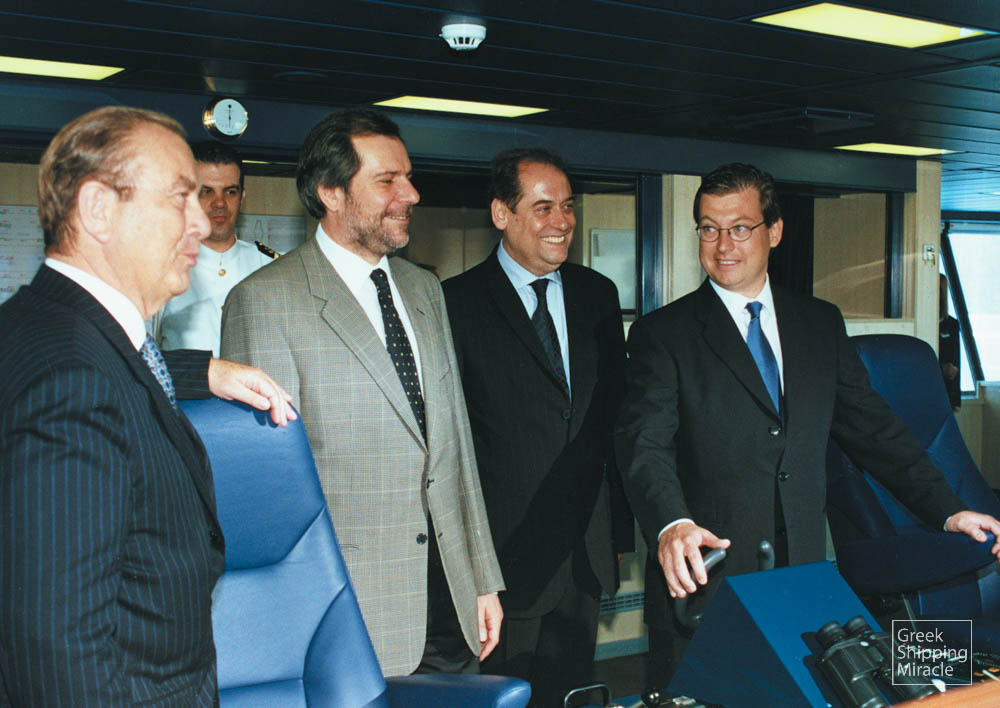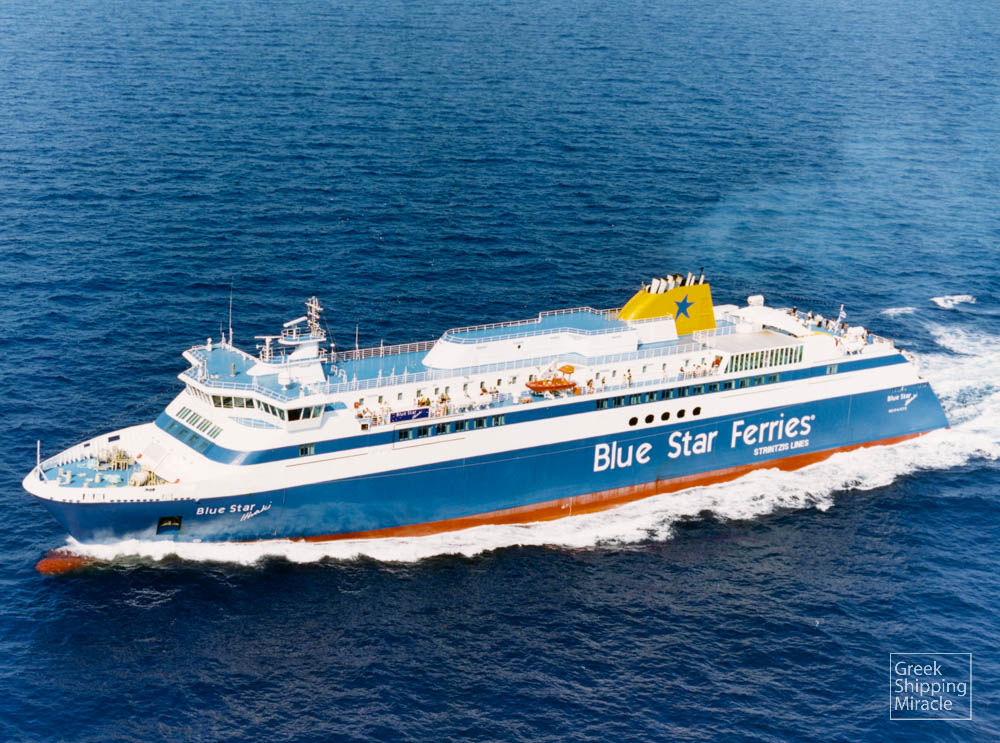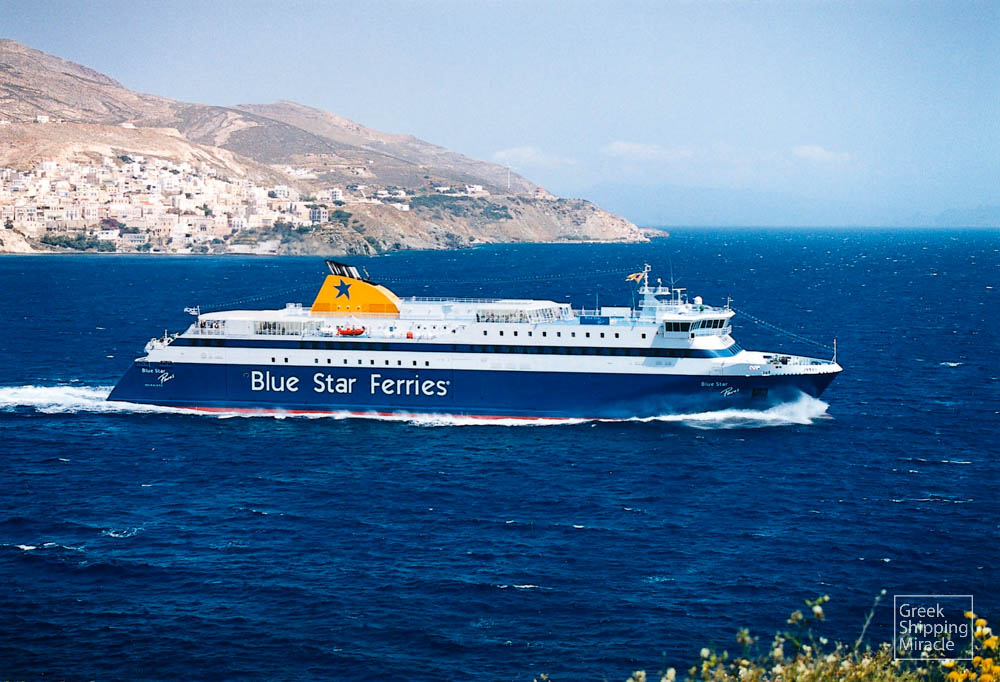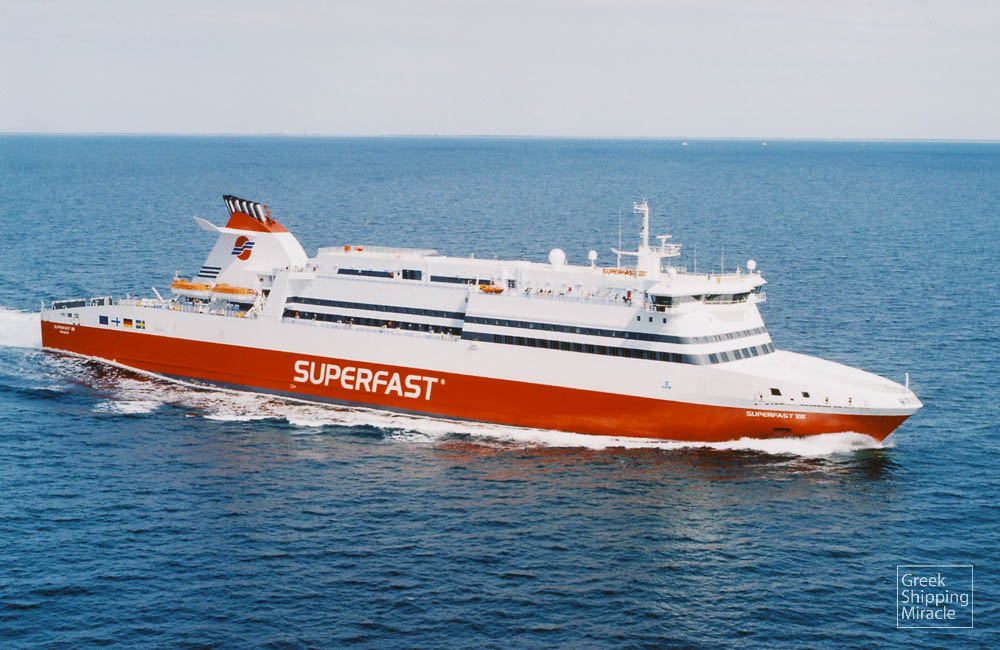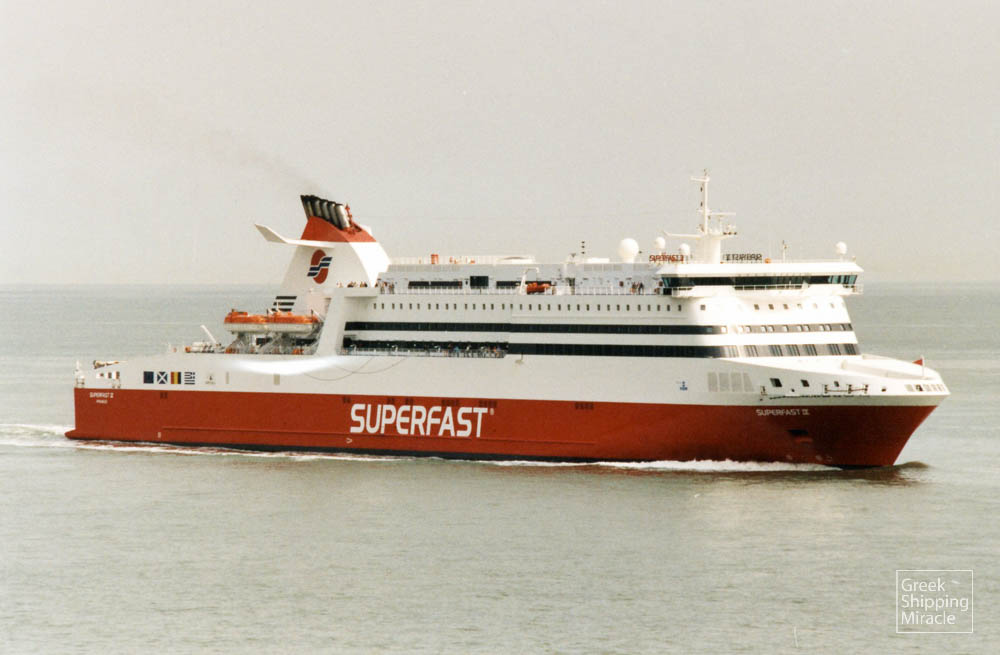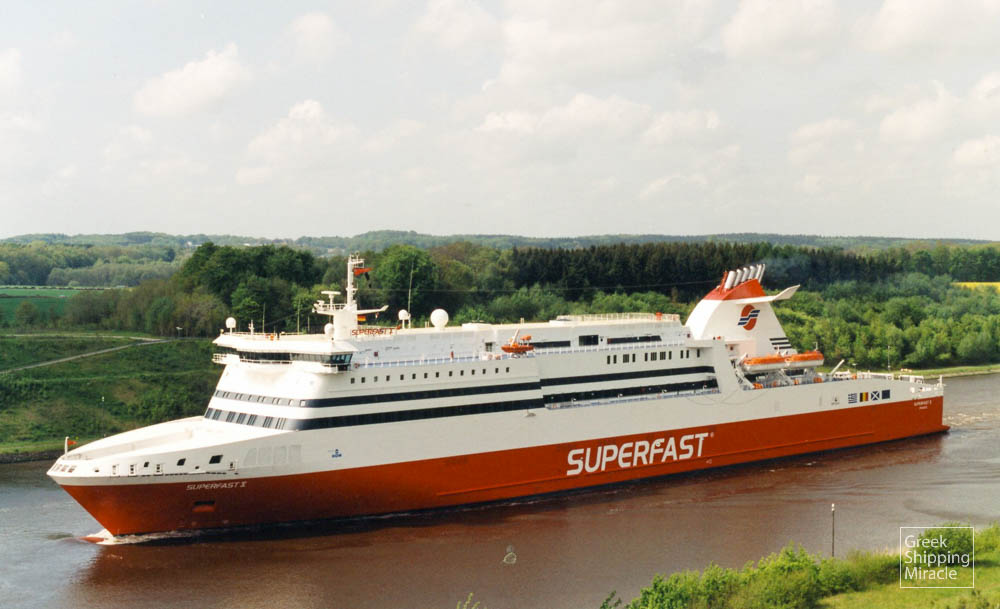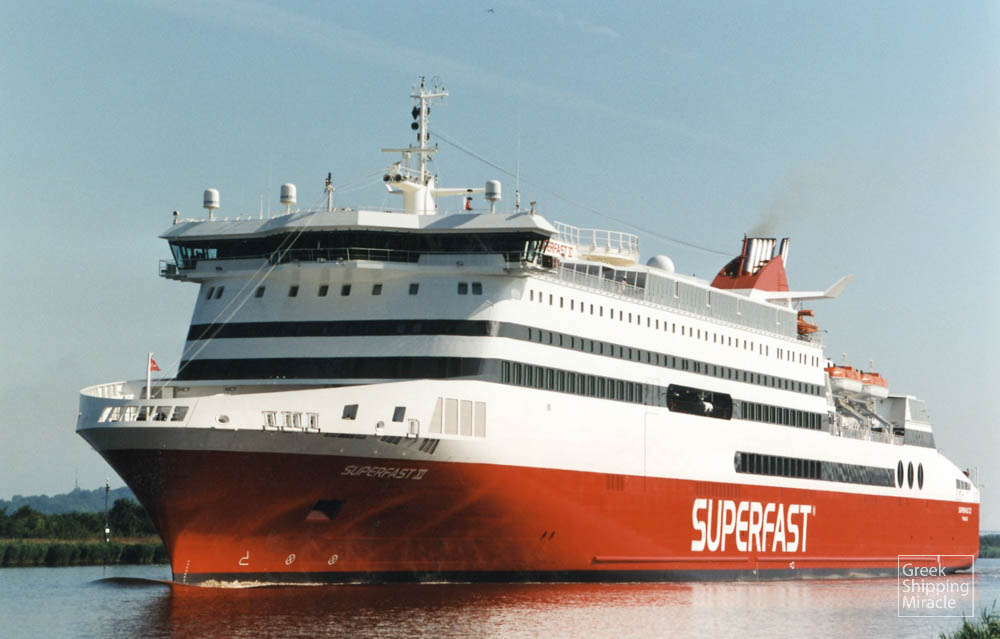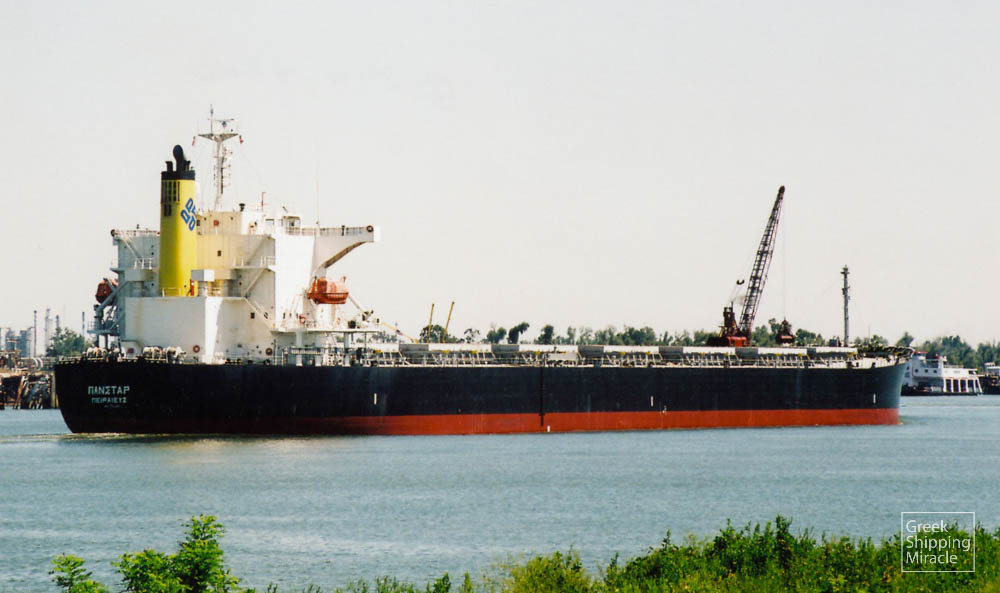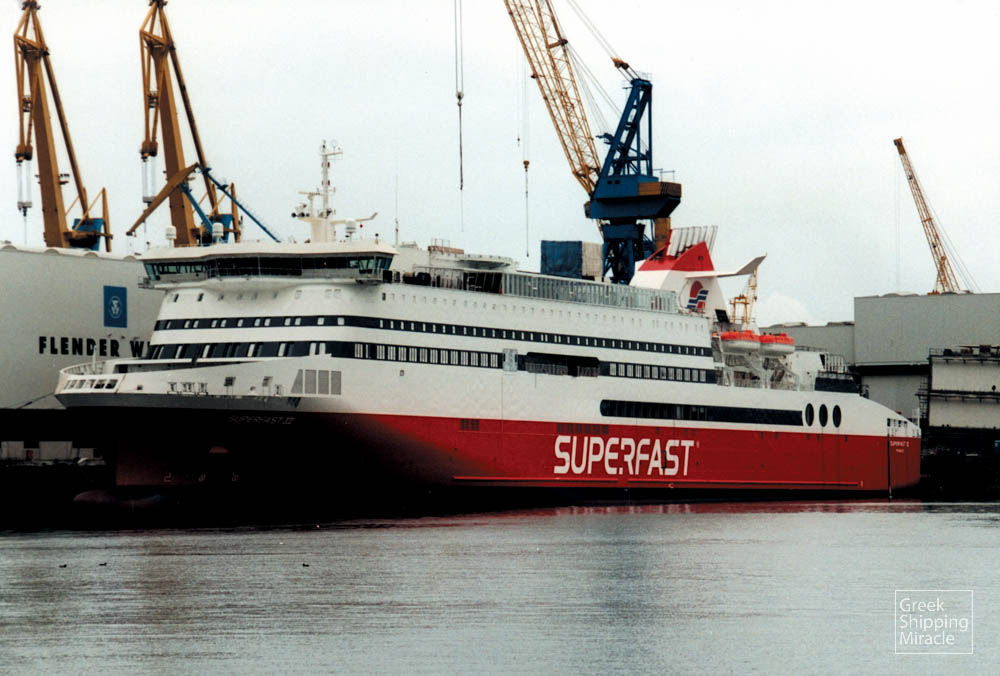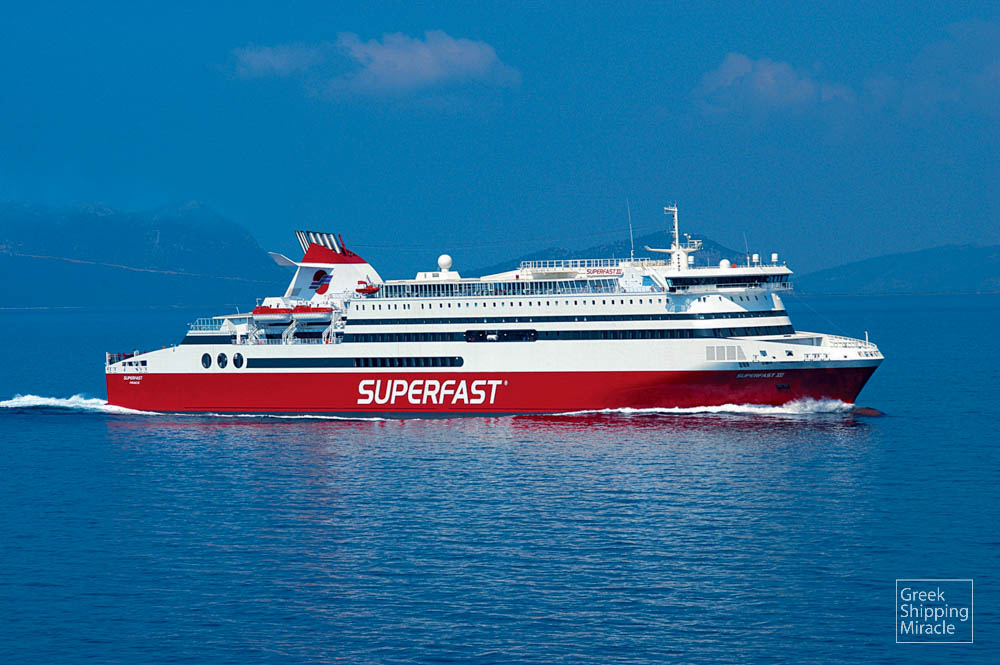MAGNA MARINE INC.
In Greek shipping history, perhaps the only entrepreneur who got successfully involved with both cargo and passenger shipping, is the founder of Magna Marine Inc., Pericles S. Panagopulos.
Since its establishment in 1991, Magna Marine has been active solely in the bulk carrier market. The first vessel to join the fleet was the 1978-built ANTZOULETTA, which was renamed PANACEA and placed under the Greek flag. Over the next few years, the company adopted a traditional approach, renewing its fleet periodically with modern second-hand bulk carriers.
However, Magna Marine, which currently is the only shipping concern linked to Pericles Panagopulos, is probably the least-known aspect in his long-standing shipping career.
Panagopulos’ life has been closely linked to passenger shipping. Thanks to his vision and shrewd business acumen, he gradually evolved into a key player in that sector.
***
Pericles S. Panagopulos was born in Athens on December 29, 1935. His father, who hailed from Messenia, Peloponnese, had immigrated at a young age to the United States, but eventually returned to Greece, while his mother was born and raised in Constantinople. She studied at the Zappeion Girls’ School, where she later worked as a teacher for 15 years.
The relation of his mother’s family to Eugene Eugenides brought Panagopulos close to the renowned entrepreneur and benefactor. Eugenides, who was childless, undertook his education. After the end of World War II, Pericles Panagopulos attended secondary school in Switzerland, spending his summer holidays onboard ocean liners and cargo ships managed by the Eugenides group.
In 1954, Eugene Eugenides passed away. At the time, Panagopulos was studying in London, working part-time as a trainee at a Eugenides group subsidiary. During the 1960s, he was employed at the group’s Paris and Genoa offices, where among others he contributed to the construction project of the pioneering cruise ship OCEANIC built in Trieste.
In 1965, Pericles Panagopulos, who had by then risen through the group’s ranks, decided to resign and work with Charalambos Kioseoglou, a former Eugenides group senior executive. Kioseoglou had established in 1958 the cruise company Sun Line, where Panagopulos worked as managing director for six years.
Realising that high quality ventures are rewarded in the long-run, he decided to take advantage of his experience in passenger shipping and established Royal Cruise Line (RCL). The company placed an order for the construction of a cruise ship, instead of acquiring a second-hand vessel, which was the norm for new ventures. He contacted Helsingør shipyard in Denmark, which at the time was on the brink of collapse due to financial problems. As the shipyard’s survival was vital for the local community, Panagopulos managed to secure a loan that enabled the building of a luxury cruise liner, which was delivered in 1974 as the GOLDEN ODYSSEY. According to Pericles Panagopulos this vessel “made history in the cruise industry and especially Greek shipping, as it was the first new-generation cruise ship ever built”. This initiative surprised the international shipping community. Panagopulos further recalls that a journalist wrote at the time: “A crazy Greek ordered a cruise ship in Denmark, does he know what he is doing or is he completely nuts?”.
The founding of the Royal Cruise Line, which coincided with the establishment of most contemporary cruise-market leaders, took place under highly promising prospects. The GOLDEN ODYSSEY, manned entirely with Greek crew, gained an excellent reputation within a short period of time, proving to be a sound investment. A few years later, after the vessel’s heavy loan obligations had been successfully met, Panagopulos acquired another cruise ship, the DORIC, owned by Eugenides’ Home Line. Following extensive conversion and refurbishment works in Greece, the vessel joined the Royal Cruise Line fleet as the ROYAL ODYSSEY.
Over the coming years, RCL gained international acknowledgement as one of the highest-standard cruise lines in the world. Encouraged by its success Panagopulos placed a second order for the construction of a high-specification cruise ship, this time at the renowned builders Jos. L. Meyer in Papenburg, West Germany. The vessel was delivered in 1988 and was named CROWN ODYSSEY, raising the Greek flag, as all vessels operated by the group.
In late 1989, Pericles Panagopulos surprised the shipping community by selling the Royal Cruise Line at the peak of its success to the Kloster Group of Norway. This decision marked the end of his journey in the international cruise industry. Nevertheless, Panagopulos ensured the smooth transition to the new state of affairs, while managing to keep, at least for a while, the company’s Greek identity. All RCL vessels continued to be manned with Greek crew, while its Piraeus office continued managing them.
A short while later, Pericles Panagopulos re-entered shipping, by establishing in 1991 Magna Marine Inc., a company operating to this day bulk carriers. Magna adopted a conservative fleet expansion strategy, as Panagopulos’ great passion had always been passenger shipping.
To that effect, the following year marked the beginning of a new era in Pericles Panagopulos’ career in passenger shipping, as in January 1992 his group acquired the Athens Stock Exchange-listed company Attica Flour Mills, which was founded in 1918. The company was renamed Attica Enterprises and under new management led by Panagopulos, set new business goals. On December 18, 1992, Attica’s new president presented its investment program, announcing among others that the company had acquired Vernicos Yachts Shipping S.A. – which was active in yachting and was also aiming to operate marinas – a significant share on the Greek Register of Shipping, as well as the chain of Akron-Ilion-Crystal stores.
Among the company’s targets was the acquisition of the Hellenic Investment Bank from the Emporiki-Ionian Bank Group, its entrance in passenger shipping – accomplished through the acquisition of a 17.61% share in shipping company Strintzis Lines – the takeover of a large industrial company, as well as investing in the food industry and other promising sectors.
In 1993, Attica Enterprises’ subsidiary, Attica Maritime S.A. – later renamed Superfast Ferries Maritime S.A. – made its first major step by placing an order for the construction of two innovative high-speed passenger ferries at the Schichau Seebeckwerft shipyard in Germany, at a cost of 37 billion drachmas (in excess of $100 million). The vessels were designed to serve the Greece-Italy line, drastically reducing the duration of the voyage. In the same year, Attica Enterprises sold all shares held in the above-mentioned companies.
In April 1995, the SUPERFAST I was delivered and placed on the Patras-Ancona-Patras line, performing the route in record time of 20 hours. Two months later, her sister vessel SUPERFAST II was also delivered and placed on the same route.
In July 1996, Superfast Ferries placed a second order for the construction of two more high-specification vessels, this time at the Kvaerner Masa shipyard in Finland. The SUPERFAST III and the SUPERFAST IV, as the vessels were named, were delivered in April 1998 and were placed on the Patras-Ancona-Patras line, replacing the SUPERFAST I and the SUPERFAST II, which inaugurated the new Patras-Igoumenitsa-Bari line. A couple of years later, in July 1998, another large order followed, for the construction of four Superfast vessels at the Howaldtswerke Deutsche Werft AG shipyard in Kiel. In March 1999, two more units were added to that order. The first two vessels were intended for the Greece-Italy line, while the other four were specially designed for service in the Baltic Sea.
In August 1999, Attica Enterprises acquired a 38.8% share of Strintzis Lines. Its share gradually reached 48.8%, leading to the company’s rebranding to Blue Star Ferries. Over the next few years, Blue Star Ferries grew significantly, acquiring five newbuilding RoPax vessels from Dutch and South Korean shipyards.
In March 2000, Superfast Ferries further enhanced its newbuilding program by placing an order at Flender Werft AG shipyard in Germany, for the construction of two passenger ferries, with delivery in 2002. Two months later, Blue Star Ferries got delivery of its first newbuilding from Daewoo Heavy Industries Ltd. in South Korea. The BLUE STAR ITHAKI, as the vessel was named, was placed in the Cyclades service, becoming the first Attica vessel in Greek coastal shipping. A few months later, in June and July 2000 respectively, the newbuildings BLUE STAR 1 and BLUE STAR 2 joined the fleet. They were the first Blue Star Ferries vessels to operate in the Adriatic Sea.
In February and April 2001 respectively, the SUPERFAST VI and the SUPERFAST V were delivered by Howaldtswerke and were also placed in the Adriatic service. Also, in March and July of the same year, the SUPERFAST VII and the SUPERFAST VIII were delivered, inaugurating a service between Rostock, Germany and Hanko, Finland. In January and February 2002, the Howaldtswerke six-vessel order was completed with the delivery of the SUPERFAST IX and the SUPERFAST X.
In April and June 2002, another two Blue Star Ferries RoPax vessels were delivered by Daewoo Heavy Industries. The vessels were named BLUE STAR PAROS and BLUE STAR NAXOS and were placed at the Piraeus-Cyclades line. A month earlier, Attica Enterprises had launched a new line between Rosyth, Scotland and Zeebrugge, Belgium utilising the SUPERFAST IX and SUPERFAST X. This line was the first direct ferry connection between Scotland and mainland Europe.
The last Superfast vessels under the leadership of Pericles Panagopulos were delivered in July and October 2002 by the Flender Werft shipyard and were named SUPERFAST XI and SUPERFAST XII. As in the case of most units in the fleet, these two ferries were placed in the Greece-Italy route. During that year, the SUPERFAST III and the SUPERFAST IV were sold to Australian interests. In July 2003, SUPERFAST II was also sold to non-Greek buyers, while the sale of the four first generation SUPERFAST vessels was completed in February 2004, with the sale of the SUPERFAST I.
In June 2004, Attica Enterprises was renamed Attica Group. Around that time, the company further enhanced its presence in the passenger shipping market through several investments. In early 2005 it acquired two passenger/Ro-Ro cargo ships, as well as a 12.33% share in the competitor ferry company Hellas Flying Dolphins, which was sold the following year at a considerable profit. In February 2005, Attica strengthened its presence in competitor companies by acquiring 10.23% of Minoan Lines. By February 2007, Attica’s share in Minoan had reached 22.5%, before it was sold in June 2007 at a significant profit.
In April 2006, the Group sold the SUPERFAST VII, SUPERFAST VIII and SUPERFAST IX, while a few months later, the SUPERFAST X was also sold. Meanwhile, in July 2006, Blue Star Ferries had acquired at auction all DANE Sea Line assets, including the ferry DIAGORAS.
In October 2007, Pericles S. Panagopulos, in yet another surprising move, transferred all his Attica Group shares to Marfin Investment Group – an enterprise with a multidimensional presence in Greece – an initiative aiming to offer further development prospects to the group he had established. His decision to withdraw from the passenger sector sealed an important course in passenger shipping, which, among others, greatly affected the progress and the radical upgrading of the Greek coastal service.

